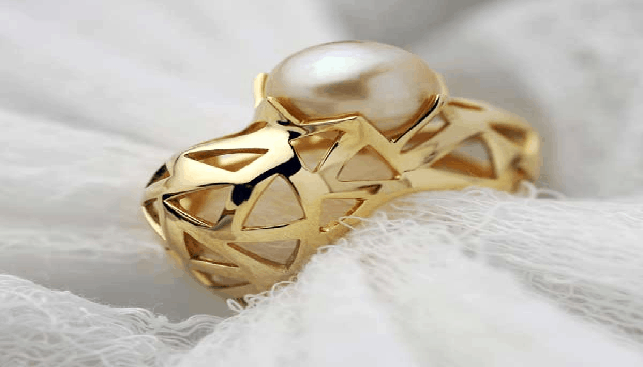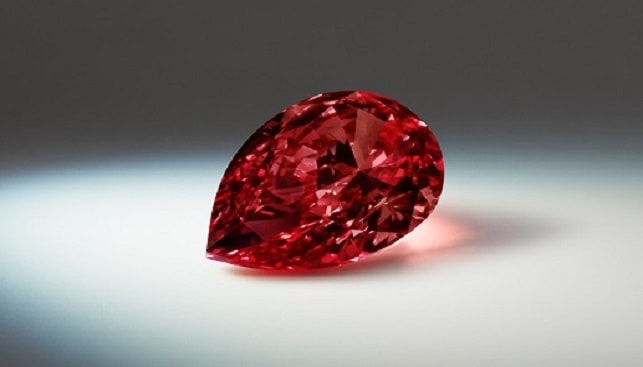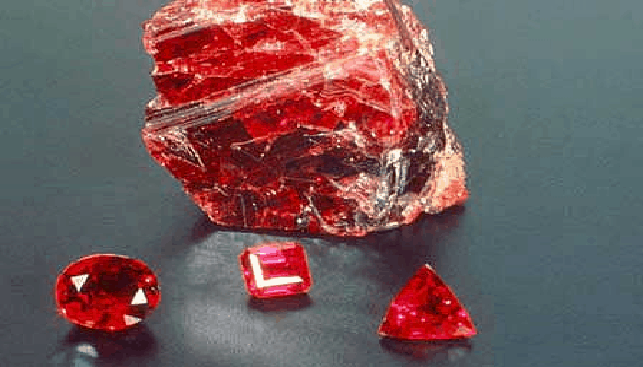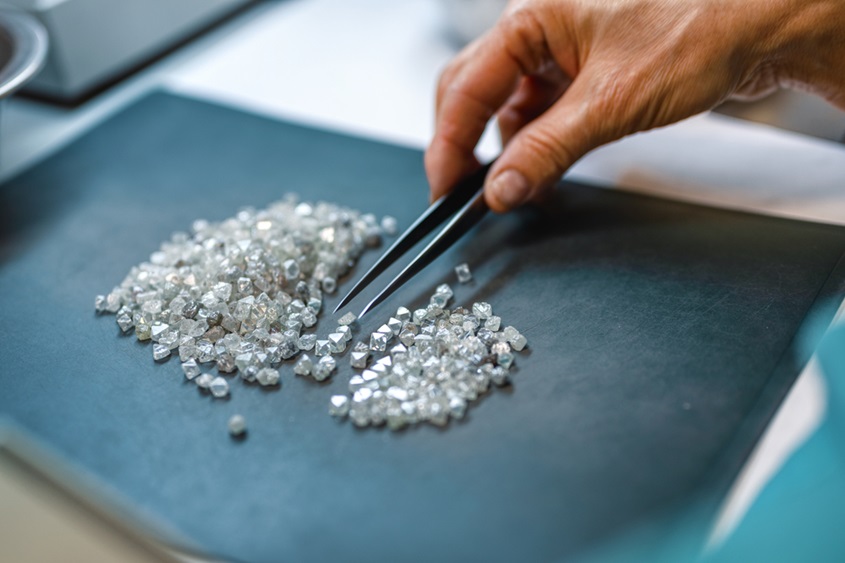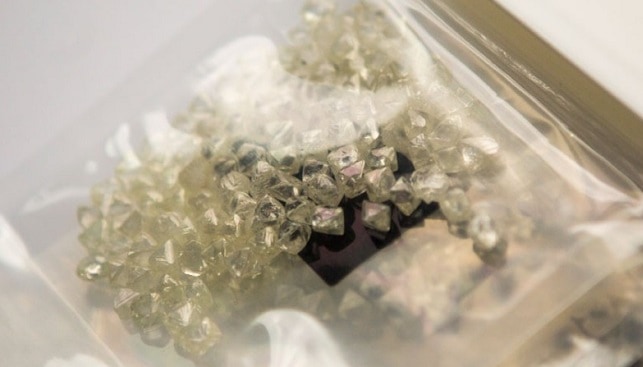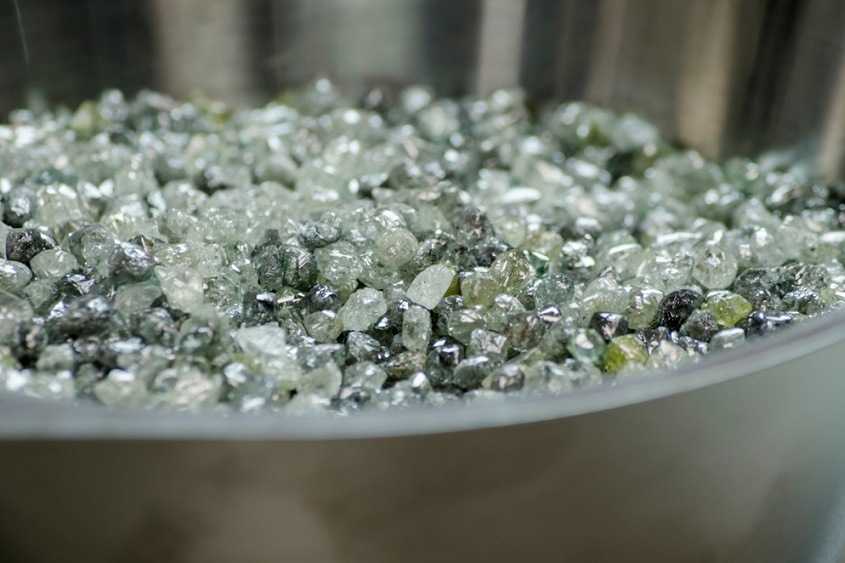The pearl is June’s birthstone. Pearls have been lauded as the majestic of all gems for thousands of years. In ancient times, pearls were particularly difficult to come by, as they could only be harvested by expert divers. Pearls were considered a symbol of wealth and nobility, and their rareness created a great demand among royal families and aristocracy.
Pearls Formation
Natural pearls are formed inside pearl oysters – which are both freshwater and saltwater mollusks, when a foreign agent, such as a grain of sand or a tiny parasite, lodges itself inside the oyster mantle.
It creates an irritation and in turn, makes the oyster grow epithelia around it. The epithelium secretes a transparent substance called nacre, which creates onion-like layers around the nucleolus until it dislodges. Nacre is what gives a pearl its color.
Natural pearls are rare and expensive, due to environmental changes which reduce their numbers as well as the dangers of harvesting them.
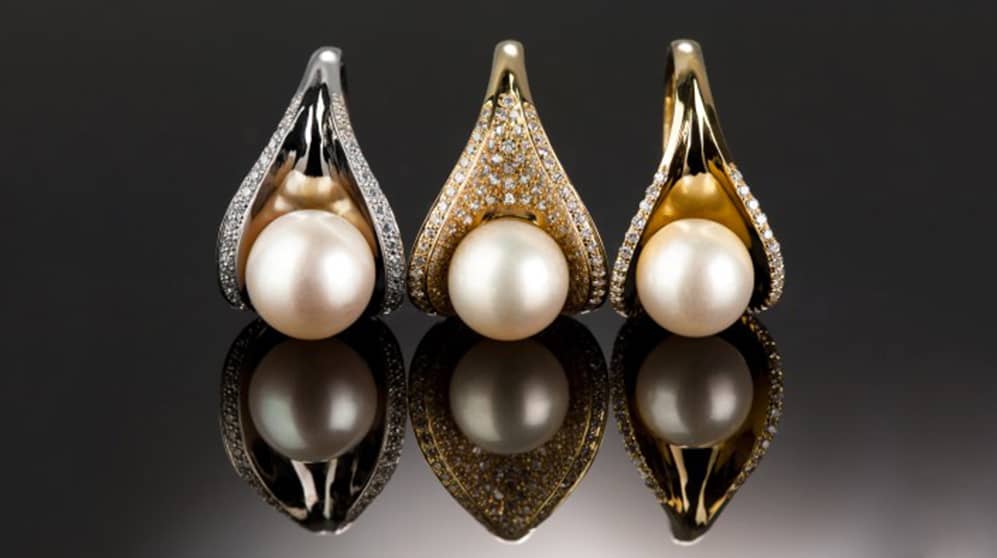
Cultured Pearls
The earliest evidence of cultured pearls dates back to 12th century China. The cultured pearls we are familiar with today are the product of a 19th century study by Japanese researchers Tatsuhei Mise and Tokichi Nishikawa, who created a method of breeding round pearls. Japanese entrepreneur Mikimoto Kokichi patented a method based on their research, and harvested his first cultured pearls in 1916.
Cultured pearls are grown and harvested using maritime farming methods: the oyster’s shell is gently, yet forcibly, opened and pieces of another oyster shell and membrane are inserted. It is then left underwater for two-three years, during which time a pearl is formed. Cultured pearls are grown in both fresh and salt water, to the same level of quality.
Imitation pearls, or Majorca pearls, are industrial pearls made of glass or plastic, which mimic pearls in color, shape and size. Imitation pearls date back to Renaissance days, when they were made by coating glass beads with fish-scale powder.
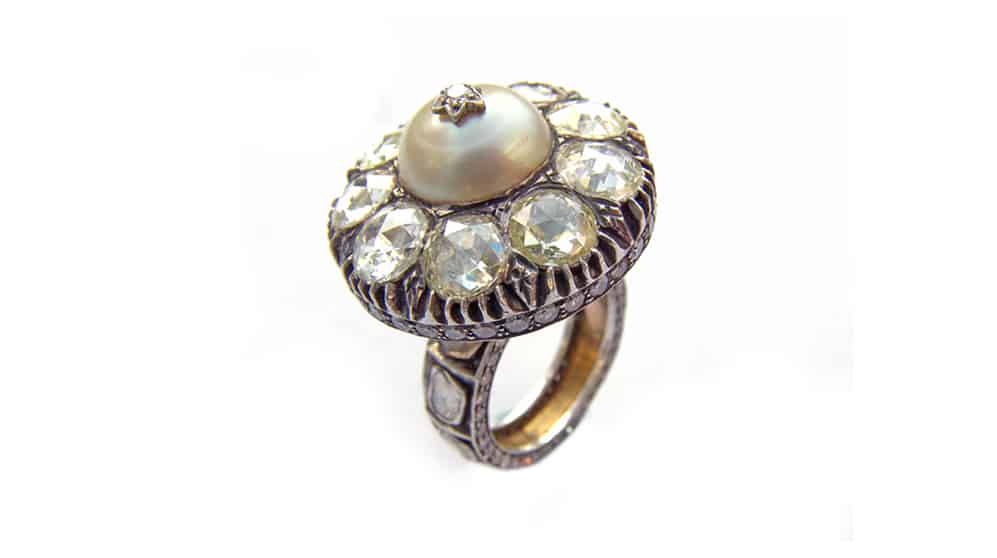
Pearl Grading
Pearls, much like diamonds, are subject to quality grading. Pearls are graded according to five variables:
Size
The bigger the pearl, the harder it was to cultivate and thus the more rare and valuable it is.
Luster
As a pearl’s sheen is a sign of its quality, the shinier the pearl – the higher its quality.
Shape
Truly globular pearls are very rare and are in high demand. As a result, the rounder the pearl, the more valuable it is.
Color
A pearl’s color has a direct effect on its price. A color’s popularity changes according to country and fashion trends.
Clarity
The clearer and smoother a pearl’s surface is, the more valuable it is.

Pearls in Judaism
Pearls are mentioned in the Bible nine times overall. The first reference is in the Book of Job: “Coral and crystal are not to be mentioned: And the acquisition of wisdom is above that of pearls” (Job, 28:18).
The Book of Revelations references pearls four times – 17:4, 18:12, 18:16 and 21:21: “And the twelve gates were twelve pearls; each one of the gates was a single pearl. And the street of the city was pure gold, like transparent glass.”
Healing Attributes of Pearls
Pearls are believed to enhance vitality, innocence, integrity and intelligence.
The pearl’s healing attributes are associated with the digestive system, stomach, immune system and stress. Henry VIII of England used pearl dust to heal wounds and in Japan, crushed pearls were used in geisha makeup.
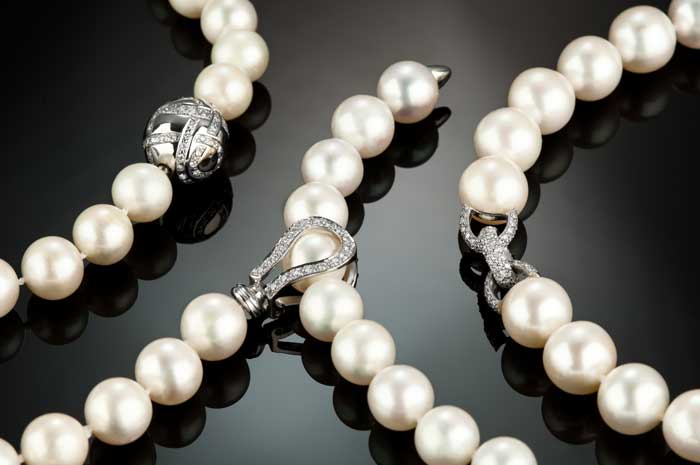
History of Pearls
No one knows when the first pearls were found, or by who, but they have been adored by mankind for thousands of years for their shine and soft, milky appearance.
Pearls have been known as a favorite among royals throughout the ages. Finding natural pearls at sea has always been rare, and so they came to symbolize opulence and status.
During the time of Julius Caesar only royalty wore pearls, and they were used as prestigious hair ornaments during the Renaissance.
Italian explorer Marco Polo described in his journals the King of Malabar (a region of southern India) as “wearing suspended about his neck a string of 104 large pearls and rubies of great value, which he used as a rosary. Likewise on his legs were anklets and on his toes were rings, all thickly set with costly pearls, the whole, worth more than a city’s ransom.”

Ancient Pearls in Israel
A 2,000 year old gold earring inlaid with pearls and precious stones was discovered in excavations that the Israel Antiquities Authority conducted in Jerusalem, in November 2008.
The earring, which is made of a coiled gold hoop, has a large inlaid pearl in its center. Connected to the hoop are two identical gold pendants, each of which is adorned with one emerald and pearl. The emerald is held by a kind of gold cap that connects it to the main hoop by means of a small hoop that is also fashioned from gold. Another pearl that is relatively smaller than the one inlaid in the upper hoop is attached to the other side of the emerald. The pearl is fastened to the emerald by means of a gold finding, which passes through a tiny hole that was drilled in it.
“The earring was astonishingly well preserved, so much so that it seems it was manufactured only yesterday. The data we have available today about jewelry and the manufacture of jewels in the ancient world indicate that the earring, which was discovered in the ruins of a building which dates to the Byzantine period (fourth-fifth centuries CE), was apparently originally produced during the course of the Roman period (between the first century BCE and the beginning of the fourth century CE). Gold jewelry inlaid with precious stones and pearls were used throughout the Roman Empire – from the Roman provinces in the east to Britain in the west,” explain Dr. Doron Ben-Ami and Yana Tchekhanovets, directors of the excavation at the site on behalf of the Israel Antiquities Authority.

Myth regarding Pearls
In ancient times, it was believed that pearls were the product of angels’ tears, which fell to the sea when they wept for Man’s sins.
One of the Quran’s descriptions of paradise hails the abundance of fruit on trees as that of pearls and emeralds, adding that all who enter the Kingdom of Heaven shall be draped in pearls.
In Hindu mythology, it is believed that Vishnu, the second member of the Hindu Trinity, fished the very first pearl from the ocean as a present for his daughter on her wedding day.
Harvesting Pearls
Natural pearls are found in the Persian Gulf, Australia, Sri Lanka, the Philippines and Japan. Cultured pearls are in wider use, mostly ones grown in Japan.
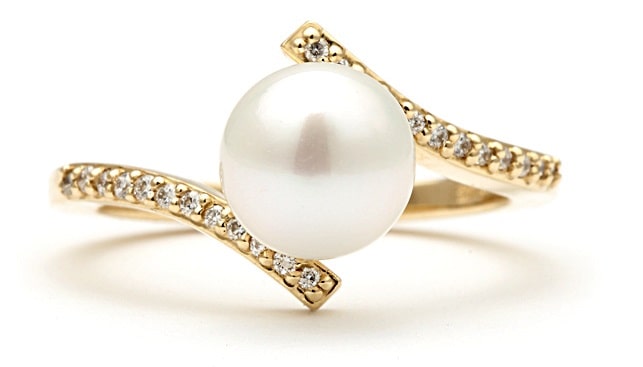
Pearl Treatment
Pearls should be kept in a cloth – preferably silk – satchel, and should avoid contact with sharp metals or gems, which may cause surface abrasions.
It is also advised to keep pearls from coming into contact with perfume, makeup and detergents, which may dull their luster. Pearls cannot be worn while bathing or exercising. It is also best to clean pearls with a gentle cloth after they have been worn, to remove any potentially harmful residue.
Pearls are usually threaded on silk, with a small, separating knot between them, to avoid both abrasions and the chances of losing them, in the event of a necklace tearing. The silk thread should be periodically replaced.

Famous June birthdays
Socrates, Paul Rubens, John Constable, Richard Strauss, Jacques Cousteau, Helen Keller, Zinedine Zidane.
| Color: | White, ivory, light yellow, grey, blue, pink and black |
| Chemical composition: | CaCO3 (aragonite) – 82-86%; conchiolin – 10-14%, water – 2-4% |
| Mohs scale hardness: | 2.5-4 |
| Specific gravity: | 2.66-2.78 |
| Planetary association: | Lunar |
| Zodiac: | Gemini |
| Hindu chakra: | Manipura, the third chakra, associated with the solar plexus |
By: Iris Hortman

